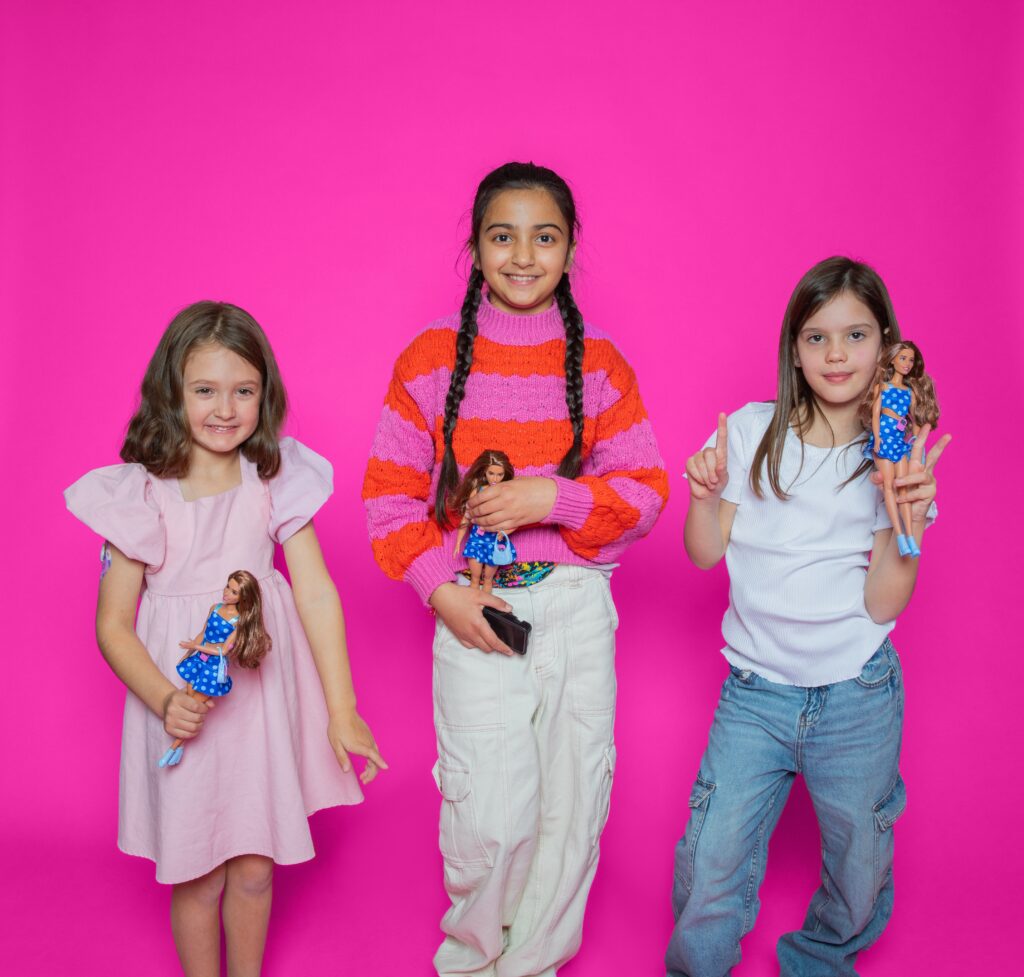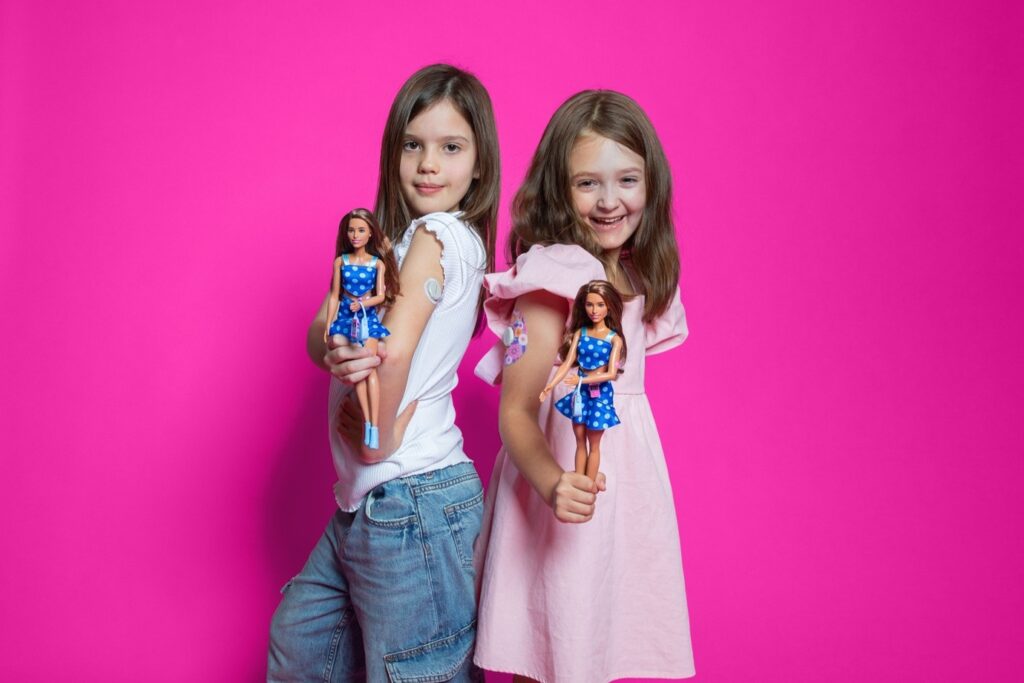A new type 1 diabetes (T1D) Barbie doll announced today will allow more children to find a doll that represents them.
The maker of Barbie, Mattel, Inc, made the announcement, in partnership with T1D (formerly JDRF), the leading global organisation dedicated to T1D research and advocacy.
The partnership aims to ensure that the new Barbie doll accurately represents a woman living to T1D in a way that meaningfully connects with the community.
“Type 1 diabetes can be so hard to understand and manage, especially for our younger community members,” said Sydney Yovic, Chief Executive Officer of Breakthrough T1D (Australia).
“Seeing a Barbie proudly wearing her insulin pump and CGM is an amazing way to raise representation of type 1 diabetes and help our community feel seen.”

One of the most commonly diagnosed chronic conditions in childhood, Type 1 diabetes (T1D) is a chronic autoimmune condition that occurs when the body mistakenly attacks the insulin-producing cells in the pancreas.
Over 135,000 Australians live with T1D, and managing the condition requires meticulous blood glucose level monitoring and insulin therapy via needles or an insulin pump, and T1D can cause short and long-term complications.
“The introduction of the Barbie doll with type 1 diabetes represents a meaningful milestone in our ongoing commitment to inclusivity and representation,” said Krista Berger, Senior Vice President of Barbie and Global Head of Dolls.
“At Mattel, we understand the powerful role Barbie plays in shaping children’s early perceptions of the world. By expanding our lineup to include dolls with medical conditions like T1D, we’re able to represent the type 1 diabetes community and continue our mission to make play more inclusive, ensuring every child can see themselves in the stories they imagine and the dolls they love.”
The new T1D Barbie doll wears a Continuous Glucose Monitor (CGM) on her arm, which is kept in place with heart-shaped Barbie pink medical tape. The doll also comes with a phone displaying a CGM app to track her blood glucose (sugar) levels.
An insulin pump is attached to the doll’s waist as well, and she wears a blue polka dot top and ruffled skirt, representing the global symbols (blue and circle print) of diabetes awareness.
Some people with type 1 diabetes use a pack to carry essential supplies and snacks, so the Barbie doll is also carrying a blue purse for this reason.
The T1D Barbie doll is part of Barbie’s Fashionista line, which offers more than 175 looks in a variety of skin tones, eye colours, hair colours and textures, body types, disabilities and fashions.
“Whether it’s hearing aids or a glucose monitor, each addition is a step towards greater representation”, says Paul Faulkner, SVP and Managing Director Asia Pacific at Mattel Inc.
“For children with T1D, we hope this Barbie offers a moment of recognition – the joy of seeing yourself reflected in a toy you love. And for children without T1D, we believe this doll can foster understanding, compassion, and normalisation of health differences. Ultimately, we want to remind all children, whoever they are, they can be anything in the world of Barbie.”


